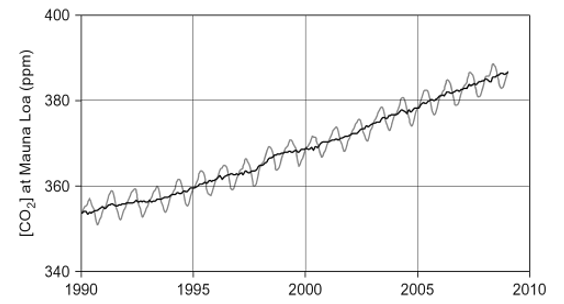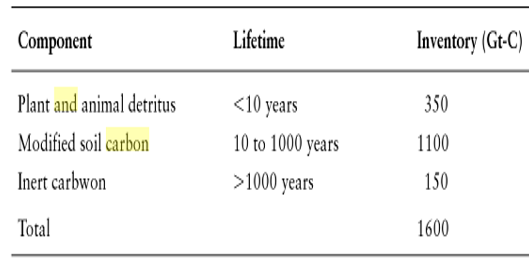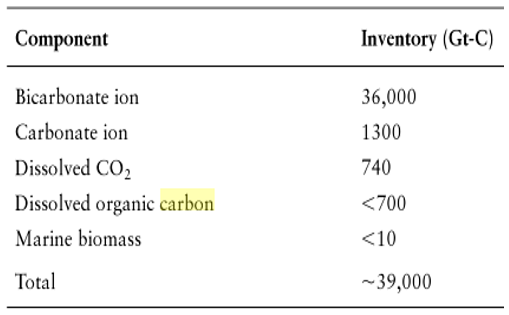Introduction
For a very long time, human beings relied mostly on natural sources of energy, including solar, wind, and water resources (Jeffs 1). Oil and coal were also used for the same purpose. As a result of population increase and the onset of the industrial revolution, energy demands by human beings and industries went up. Undoubtedly, this created a strain on natural resources. With time, the use of natural resources to supply the energy required for industrial and technological development became unsustainable.
Because of the excessive use of natural resources, such as forest and water, other problems have cropped up. Throughout the world, today, global warming is a serious problem that has affected the climate as well as other natural resources that are useful for the survival of human beings. Consequently, men and women are now searching for alternative ways to generate energy for industrial and technological development.
This paper provides a discussion on green energy and also looks at carbon capture and storage.
Green Energy
As has already been mentioned, every single activity undertaken by human beings on the face the earth depends on energy transformations. Undoubtedly, energy plays a very important role in building the economy of any country in the world. Among other things, it helps support both the industrial and the technological developments which are very critical for sustaining the growth of any economy.
Drawing from a study by Li, green energy is the form of energy that does not affect the environment in a negative way (Li 18). Green energy can be used to successfully lower the negative effects of hydrocarbon energy resources as well as harmful emissions, such as greenhouse gases, that interfere with the ecosystem.
Generally, the use of green energy is regarded as a good alternative for meeting demands for clean energy required for industrial as well as non-industrial use. Arguably, green energy is an important consideration if sustainable development is to be realised in any country. By promoting the use of green energy, a country is able to impact its economic growth as well as technological development positively. The use of modestly priced green energy is especially beneficial for the realisation of stability.
In order to deal with the different problems associated with fossil fuels, it is imperative for state governments to back their efforts geared toward increasing the use of green energy and associated technologies. Unlike other types of energy, green energy is quite environmentally friendly. As a consequence, many people are convinced that the use of green energy will continue to gain popularity as we move into the future.
Carbon Capture and Storage
To a large extent, the emission of carbon dioxide is associated with fossil fuel resources that are considered to be a product of biological and geological processes that have occurred over the years (Rackley 3). Purportedly, the onset of industrial caused a huge percentage of these fossil fuels to be burned and released in the atmosphere. Scientifically, the increase in the concentration of carbon dioxide in the atmosphere has a major influence on the balance of the incoming and outgoing energy in the atmosphere.
There are several carbon inventories that are significant to the global carbon cycle. The carbon inventory of the atmosphere is mostly composed of a high concentration of carbon dioxide. Although methane and other gases also exist in the atmosphere, each of them makes up a small percentage. As pointed out by Rackley, the measurement of carbon dioxide was started by Charles Keeling at the National Oceanic and Atmospheric Administration’s Mauna Loa Observatory. Mauna Loa is one of the volcanoes that are parts of Hawaii Island. During the first year of measuring the carbon dioxide, an average value of 315 parts per million (ppm) was established (Rackley 6). Fig. 1 demonstrates how the amount of carbon dioxide has been increasing over the year. The curve is commonly referred to as the Keeling.

The terrestrial or soil carbon inventory may be classified according to the amount of carbon that resides within the soils. This is illustrated in Table 1. Typically, this includes plant and animal wastes which decompose and are later emitted through respiration to immobile carbon that cannot easily be accessed by biological processes. As a result, the carbon remains in the soil until it is removed either by water or air.

The oceanic carbon inventory is made up of three critical processes that guarantee the distribution of carbon dioxide between organic and inorganic components. It is also responsible for transport and ultimate deposition in sediments. Table 2 displays the oceanic carbon inventory.

Carbon capture and storage is a single act of capturing and storing carbon dioxide originating from fossil fuels (Yeo 3). Typically, the capture and storage of carbon are done either before the fossils are burnt or after they have been burnt. As a result, scholars refer to pre-combustion carbon capture and storage or post-combustion carbon capture and storage. The captured carbon is later kept safely in a properly secured place. Arguably, the process of carbon capture and storage has the ability to lower the emissions released by fossils fuels drastically. It is alleged that this ability to minimise emissions is very critical for meeting the increased demand for energy. In the United Kingdom, the process of carbon capture and storage provides a useful strategy for ensuring the availability of energy. It also permits the country to reduce reliance on gas imports for its energy requirements.
Based on a study by Markusson, Shackley, and Evar, carbon capture and storage certainly offers a very useful solution to the climate change problem (Markusson, Shackley, and Evar 1). Seemingly, the future of carbon capture and storage will be demonstrated with the help of both social and technological things. Over the years, the process of carbon capture and storage has become recognised as an important technological strategy for removing carbon from the energy system. Consequently, researchers have been very keen to achieve knowledge meant to legitimise the carbon capture and storage technology and give it credibility. Debatably, carbon capture and storage is very important and relevant to a wide variety of people who are concerned about climate change and effective generation of energy in order to support development efforts in different parts of the world.
Conclusion
Energy is certainly a very important requirement for the development of any nation. Without energy, the survival of human beings will be at risk. Similarly, both economic and technological development will be affected. Unfortunately, population growth and increased demand for energy have led to the depletion of natural resources. It is thus imperative for nations across the world to think of alternative energy sources in order to safeguard the environment and still be able to develop as desired. As explained in this paper, green energy is a useful strategy for providing sustainable energy for use in different sectors of the economy. Carbon capture and storage is also helpful for protecting the environment.
Works Cited
Jeffs, Eric. Green Energy: Sustainable Electricity Supply with Low Environmental Impact. Boca Raton: CRC Press, 2010. Print.
Li, Xianguo. Green Energy: Basic Concepts and Fundamentals. New York: Springer, 2011. Print.
Markusson, Nils, Simon Shackley, and Benjamin Evar. The Social Dynamics of Carbon Capture and Storage: Understanding CCS Representations, Governance and Innovation. New York, NY: Routledge, 2012. Print.
Rackley, Steve. Carbon Capture and Storage. Burlington, MA: Gulf Professional Publishing, 2009. Print.
Yeo, Tim. Carbon Capture and Storage: Ninth Report of Session, 2007-08: Report, Together with Formal Minutes, Oral and Written Evidence. Norwich: The Stationery Office, 2008. Print.